Understanding Bird Diseases and Their Impact on Humans
Ever stopped to marvel at a bird zipping through the air, only to wonder what it might be carrying in its feathers? As the boundaries between human habitats and nature blur, our close encounters with birds grow, sometimes bringing unexpected health risks into our lives.
Birds are often overlooked as carriers of disease, but with their ability to travel long distances and spread pathogens, it’s a reality we need to acknowledge. Let’s explore how birds spread infections, the specific bird diseases humans contract, and the ripple effects these outbreaks have.
Bird Diseases Humans Can Be Exposed To
Birds are everywhere—from backyard feeders to skies that stretch across continents. They’re fascinating creatures, no doubt. But as much as we love them, birds can carry more than just songs. They’re sometimes silent couriers of infectious diseases—some deadly to humans and animals alike.
How They Spread Disease
Wild birds, especially migratory ones, are like nature’s frequent flyers, carrying diseases like avian flu across borders without breaking a sweat—or showing symptoms. It’s a problem when they share those germs with domestic birds like chickens or ducks, where the close quarters of farms can turn a small issue into a full-blown outbreak.
Domestic birds, for their part, have their own list of risks—think psittacosis (parrots), salmonella, or fungal diseases spread through pigeon droppings. And because humans, animals, and birds often share the same space, jumping between species isn’t that hard for some of these pathogens.
Why It’s Hard to Spot
The tricky part? Wild birds often carry diseases invisibly. Robins and crows, for example, play a role in spreading the West Nile virus but don’t show obvious signs of illness. Surveillance programs help, but tracking these silent carriers is no easy task.
Not all birds pose the same threat. Parrots can spread respiratory illnesses, pigeons are culprits behind fungal infections like cryptococcosis, and waterfowl are infamous for their role in avian flu. Urban birds tend to live close to humans (raising transmission risks), while loners like falcons stay mostly to themselves and are less of a concern.
We can admire birds while staying vigilant. Disease monitoring, safe handling practices, and even vaccinations for domestic flocks are all tools we can use to minimize risks. The challenge is finding that balance—understanding and preserving these creatures while protecting public health from bird diseases humans are susceptible to.
Common Bird Diseases Humans Should Be Aware Of
Birds, magnificent and diverse, aren’t just nature’s marvel. They’re also carriers of diseases that sometimes make the leap to humans, revealing the intricate interplay between wildlife and human health. Let’s explore some specific avian diseases and how they affect us.
Avian Influenza (Bird Flu)
Imagine a virus so adaptable that it jumps from domestic to wild birds and then to humans. This sneaky bug can hop from birds to humans, morphing from a mild annoyance to serious health problem. Remember H5N1? Symptoms in humans range from the mild sniffles to severe respiratory distress, with mortality rates that can alarm even the bravest among us.
The battle against bird flu is fought through vigilant surveillance, prevention strategies like biosecurity on poultry farms, and the quest for effective vaccines. It’s a constantly evolving fight, reflecting the virus’s own knack for change.
West Nile Virus
Thanks to our not-so-favorite mosquitoes, birds indirectly share West Nile virus with us. Since its arrival in the United States in 1999, this virus has sparked concern across communities, leading to widespread efforts to monitor and mitigate its spread.
While it can go unnoticed in many, for a few, it packs a punch with neurological issues. The fight back? Limiting mosquito breeding grounds. Researchers are tirelessly working toward treatments, hoping to outpace the virus’s impact.
Psittacosis (Parrot Fever)
Psittacosis, a disease linked to our feathered friends like parrots, hits close to home for bird owners and those in close contact with birds. It stealthily moves from avian carriers to humans, manifesting in fever, headache, and respiratory distress, but thankfully, it succumbs to antibiotics when caught in time.
Salmonellosis (Food poisoning, enteric fevers, etc.)
Handled a bird feeder lately? You might want to wash those hands thoroughly. Salmonellosis jumps from birds to humans through mere contact with contaminated surfaces. Its signature? Gastrointestinal turmoil.
It is important to stay informed about how to handle birds safely, especially for those at higher risks, like the very young or elderly. A little extra cleanliness goes a long way.
Cryptococcosis (Busse-Buschke disease)
Imagine inhaling a fungal spore that’s been quietly waiting in bird droppings. For the healthy, it might go unnoticed. But for those with compromised systems, it’s a risk not worth taking.
This disease can range from silent to severe, particularly if you already have existing illnesses or conditions. Treatment exists, but awareness and prevention are key allies.
Histoplasmosis (Darling’s disease)
The soil beneath bird roosts hides Histoplasma capsulatum , the culprit behind histoplasmosis. Inhaling spores can lead to symptoms that mimic the flu.
But even the healthier and more resilient might find themselves sucker punched by this sickness. Keeping a respectful distance from where birds tend to gather, and maybe wearing a mask, can keep you shielded.
Bird Diseases, Humans, and Boundaries
While birds are a wonder of nature, their presence on your property can pose risks—from the spread of bird diseases humans can catch to the damage they cause. The challenge is finding that balance—understanding and preserving these creatures while protecting public health from bird diseases humans are susceptible to. Thankfully, you don’t have to navigate this challenge alone.
Our business provides innovative products and services designed to prevent birds from settling on your premises. Whether it’s your home or your business, we’re here to help you take flight toward a safer, cleaner environment.
You can explore high-quality bird netting or wire mesh solutions to help control bird access and reduce disease exposure. If you’re dealing with persistent bird problems, consider installing bird spikes to deter perching in high-risk areas.
Together, we can protect both human health and the beauty of our shared environment.

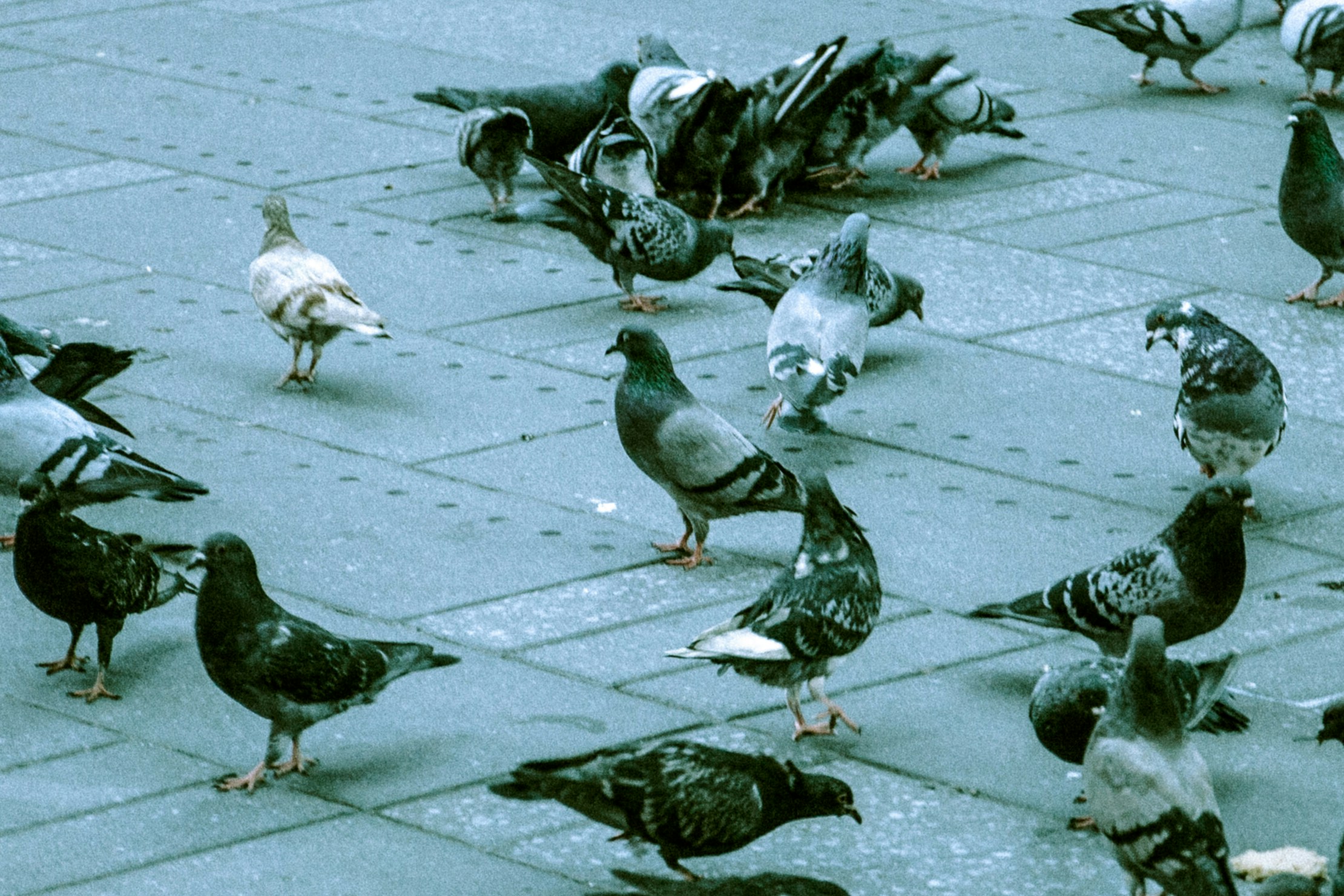


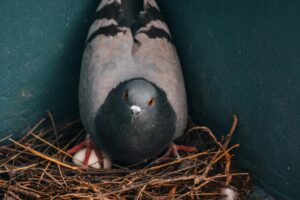
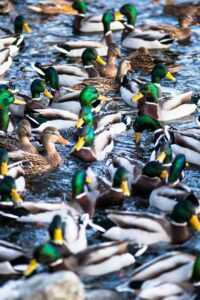
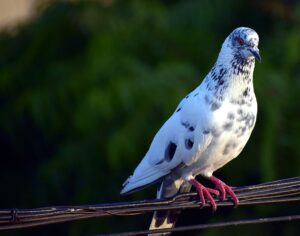
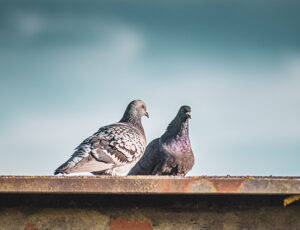
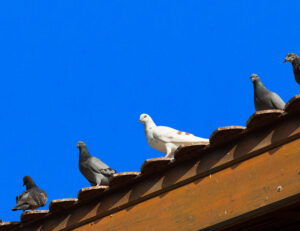

Add comment